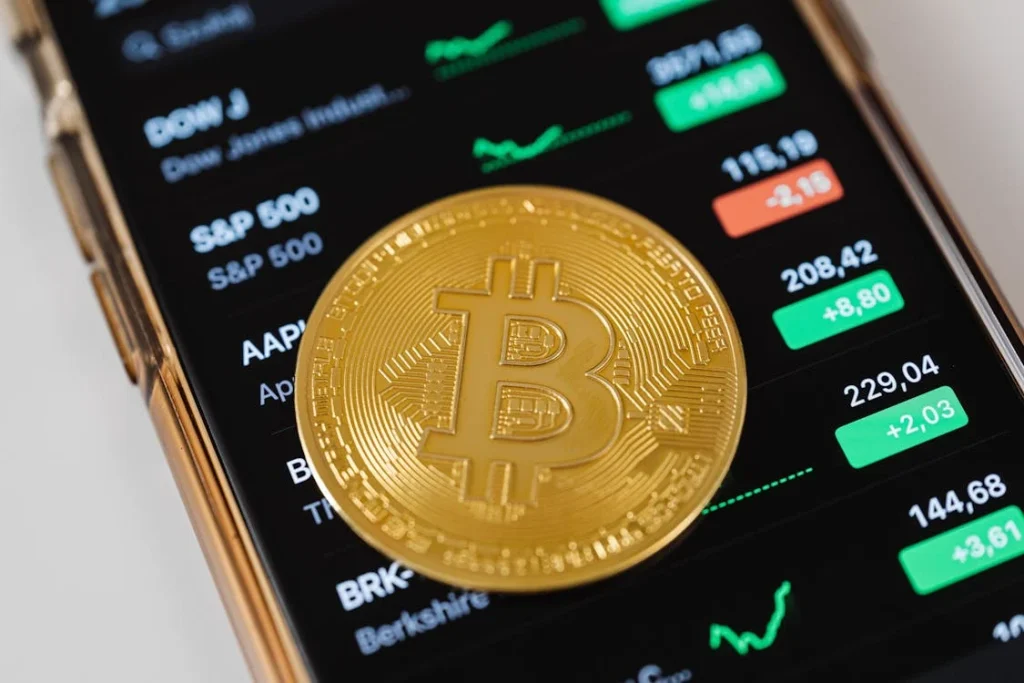How to Trade Bitcoin Safely in a Volatile Market
Bitcoin, the world’s first and most well-known cryptocurrency, has captured the attention of investors, traders, and technologists worldwide. With its price swinging sharply within hours or even minutes, trading Bitcoin can be profitable—but also risky. If you’re new to the world of digital currencies, understanding the basics before jumping in is essential.

1. What Is Bitcoin and Why Does It Have Value?
Bitcoin (BTC) is a decentralized digital currency powered by blockchain technology. Unlike traditional currencies issued by governments, Bitcoin isn’t controlled by a central authority. Its value is largely driven by market demand, investor sentiment, scarcity (only 21 million coins will ever exist), and belief in its potential as a store of value and medium of exchange.
2. Where and How Can You Trade Bitcoin?
Bitcoin is traded on cryptocurrency exchanges such as Binance, Coinbase, Kraken, and Bitstamp. Here’s how to get started:
- Create an account: Choose a reliable exchange with strong security features and easy-to-use interfaces.
- Verify your identity: Most platforms require KYC (Know Your Customer) procedures for security and regulatory compliance.
- Fund your account: You can deposit fiat currency (USD, EUR, etc.) via bank transfer, credit card, or other methods.
- Place your trade: You can use market orders (instant execution) or limit orders (set your desired price).
3. Key Factors That Influence Bitcoin Price
- Market news and events: Regulatory announcements, ETF approvals, or bans in major countries often cause big moves.
- Supply and demand: Bitcoin’s fixed supply and mining halvings can affect scarcity and, in turn, price.
- Investor sentiment: Social media trends, influential figures (like Elon Musk), and market psychology play significant roles.
- Institutional interest: Entry of large firms or funds into Bitcoin increases credibility and may lead to price increases.
4. Bitcoin Trading Strategies for Beginners
It’s important to approach trading with a plan. Here are a few beginner-friendly strategies:
- HODLing: A long-term approach—buy and hold Bitcoin regardless of short-term price swings.
- Day trading: Taking advantage of price volatility within a single day using technical analysis and chart patterns.
- Swing trading: Holding positions for days or weeks to catch price “swings.”
- Dollar-cost averaging (DCA): Investing a fixed amount at regular intervals to reduce the impact of volatility.
5. Risks of Trading Bitcoin
Like any investment, Bitcoin comes with risks—especially due to its volatile nature:
- High volatility: Prices can drop or spike sharply, leading to large gains or losses.
- Security risks: Storing Bitcoin on insecure platforms or wallets can result in theft or loss.
- Regulatory uncertainty: New laws or bans in countries like China can disrupt the market suddenly.
- Emotional trading: Fear of missing out (FOMO) or panic selling can lead to poor decisions.
6. Tips for Safe and Smart Bitcoin Trading
- Start with small amounts and only invest what you can afford to lose.
- Use secure wallets for long-term holding, like hardware wallets (Ledger, Trezor).
- Always set stop-loss levels to limit potential losses.
- Don’t chase hype—do your own research and stick to your plan.
- Consider learning basic technical analysis to help read price charts and trends.


